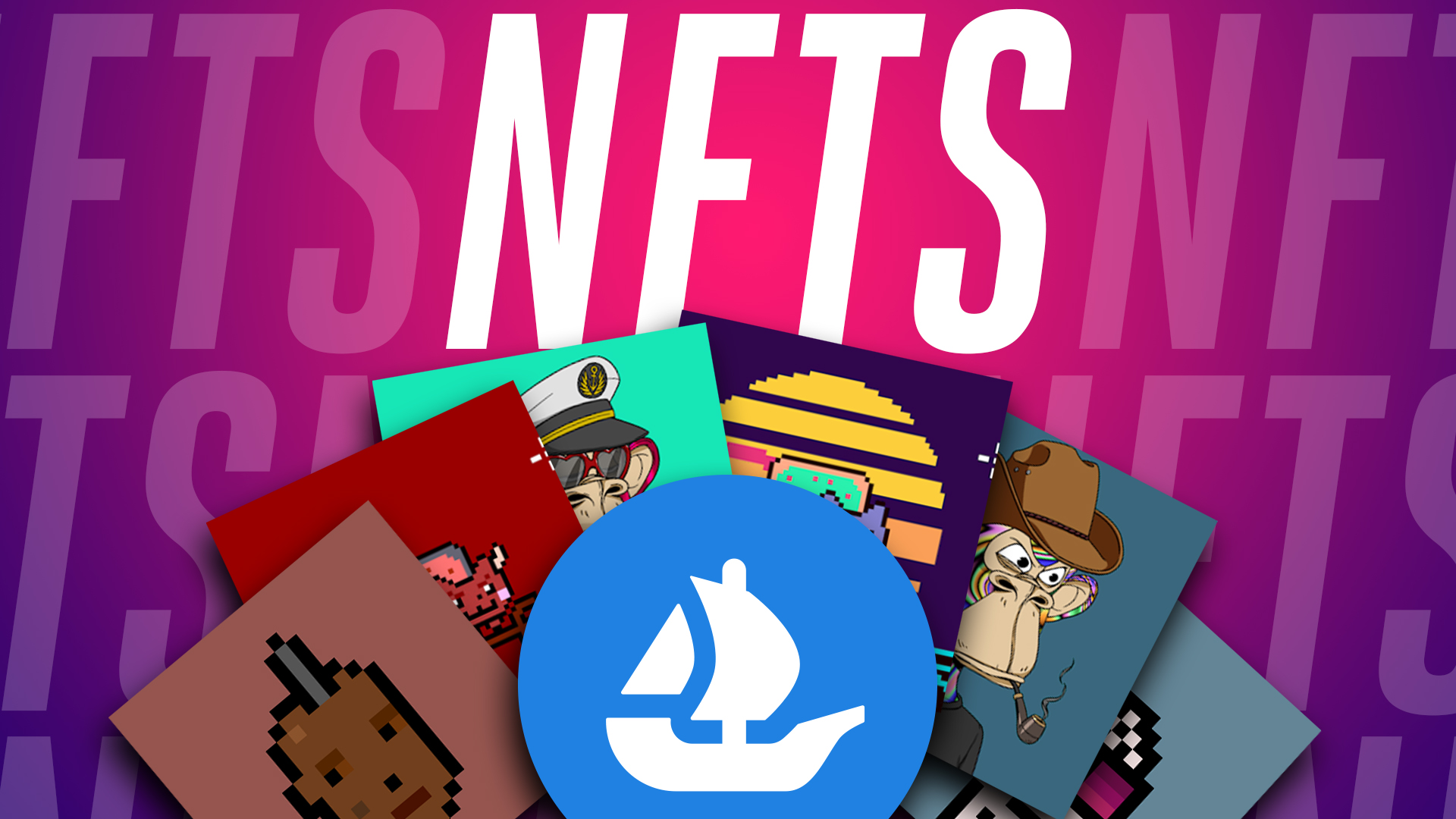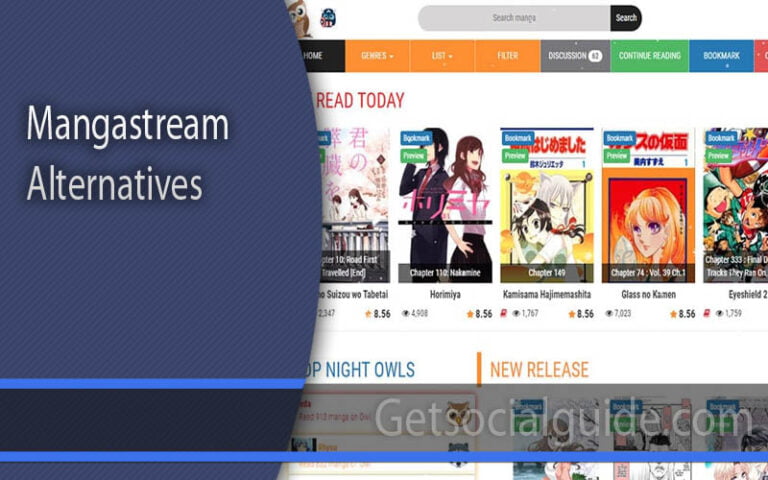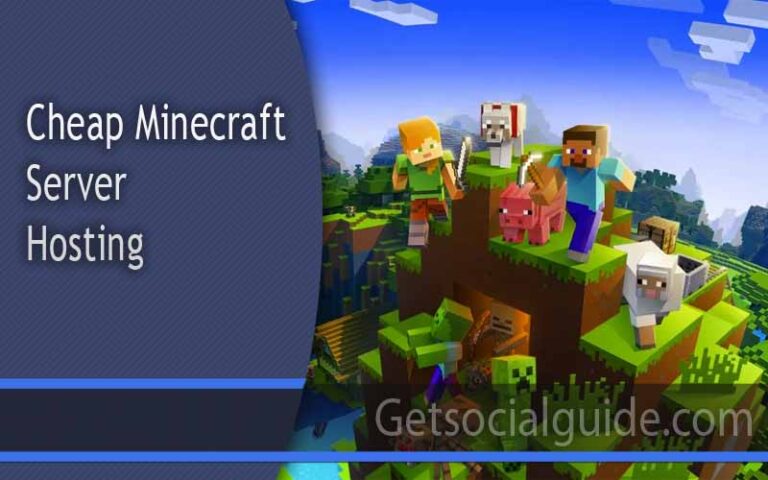Axie Infinity and the rise of NFT Games
Non-Fungible Tokens (NFTs) have rapidly gained prominence in the digital world, particularly within the realm of online gaming. NFT games present a unique and potentially profitable investment opportunity for those willing to explore the intersection of blockchain technology, gaming, and digital assets.
NFTs are cryptographic tokens that represent ownership of a unique item or piece of content. In the context of gaming, NFTs are often used to tokenize in-game assets, such as characters, skins, weapons, and other virtual items. These assets, being unique and verifiable on the blockchain, can be bought, sold, and traded among players, creating a virtual economy within the game ecosystem.

Several factors contribute to the rise of NFT games as a viable investment avenue:
- Ownership and Scarcity: NFTs in games provide players with true ownership of their in-game assets. The scarcity of certain items, coupled with their uniqueness, can drive demand and increase their market value over time.
- Play-to-Earn Models: Many NFT games embrace a play-to-earn model, where players can earn cryptocurrency or valuable NFTs through their in-game activities. This economic model incentivizes player participation and can attract a broader audience.
- Community Engagement: NFT games often foster strong and engaged communities. Players become stakeholders in the game’s success, and the community-driven nature can contribute to the longevity and popularity of the game.
- Interoperability: Some NFT games allow interoperability, enabling players to use their assets across multiple games and platforms. This interoperability enhances the utility and value of the owned assets.
- Blockchain Security: The use of blockchain technology ensures transparency, security, and immutability of in-game transactions. This can build trust among players and investors, fostering a robust virtual economy.
The NFT gaming industry is not a recent phenomenon that emerged out of nowhere. Games centered around NFTs have been in existence since 2017, with Cryptokitties being the pioneer in this genre. However, during its initial introduction, this category failed to gain substantial traction. Even the release of Axie Infinity in 2018 did not create much buzz at the time.
The landscape changed dramatically with the sudden and explosive popularity of NFTs, catapulting them into the mainstream. Games like Axie Infinity and Cryptokittens, which had previously been relatively obscure, suddenly became hot topics. Among them, Axie Infinity utilized this newfound interest to ascend above its competitors. Currently boasting a market capitalization of nearly three billion USD and achieving sales of 1.1 billion USD, Axie Infinity has emerged as the highest-grossing NFT game in the market.
Now, let’s delve into the realm of blockchain gaming to better understand this evolving landscape.
Blockchain gaming represents a fusion of traditional gaming elements with blockchain technology, offering players a decentralized and transparent gaming experience. In these games, assets and transactions are recorded on a blockchain, providing players with true ownership of in-game items. The use of blockchain ensures the security and integrity of in-game economies, as well as the rarity and uniqueness of digital assets.
As blockchain gaming gained momentum, the concept of play-to-earn emerged, allowing players to earn cryptocurrency or valuable NFTs by participating in various in-game activities. Axie Infinity, with its play-to-earn model, became a frontrunner in this space.
The next sections will delve deeper into Axie Infinity, examining its gameplay mechanics, success factors, and the unprecedented rise that has positioned it at the forefront of the NFT gaming revolution.
NFT and Future of Games
What are NFTs?
NFTs, or Non-Fungible Tokens, are unique digital assets verified through blockchain technology. Unlike cryptocurrencies, NFTs are indivisible and cannot be exchanged on a like-for-like basis. Each NFT possesses a distinct value, making it well-suited for representing one-of-a-kind items within a digital ecosystem.
A blockchain is an online system that stores data in blocks, forming a connected ‘chain.’ Notably, each block on the blockchain is immutable and unique. What sets blockchain games apart from regular games is the uniqueness of every digital asset, referred to as NFTs or non-fungible tokens. An NFT is a distinct data unit stored on the blockchain.
An intriguing aspect of NFT games is the implementation of a play-to-earn model. In this model, players earn unique NFTs or cryptocurrency for participating in the game and achieving milestones. These rewards can be converted into real money, providing players with a means to generate revenue. Additionally, there is the play-to-trade model where gamers earn tokens that can be sold or traded for real money.
The distinctiveness of NFTs reflects the principle of ownership of digital assets enabled by blockchain technology. NFT games empower players with complete control over their digital assets. In traditional games, players invest money in digital assets that could be lost if the game server shuts down. NFT games address this concern by giving players control over their assets, allowing them to trade with other players, sell for money, or use them across different gaming platforms.
NFT games not only present an appealing investment opportunity but also serve as a source of income. This innovative model enables players to earn money by simply playing games, introducing a new monetization approach that has the potential to reshape how free-to-play games generate revenue.
The Fusion of NFTs and Gaming

Incorporating NFTs into game development introduces a groundbreaking economic model. Players now have the ability to genuinely own in-game items, characters, or assets, and trade them within a decentralized marketplace. This not only instills a sense of ownership and scarcity but also establishes an entirely new economy within the gaming universe.
NFT Game Development
NFT game development is the creation of video games that integrate Non-Fungible Tokens (NFTs) as a fundamental element of the gaming experience. NFTs are distinct digital assets verified through blockchain technology, ensuring their authenticity and scarcity. In the realm of gaming, NFTs symbolize a variety of in-game items, characters, assets, or even virtual real estate.
Examples of Successful NFT Game Development:
- Axie Infinity Clone Script: An “Axie Infinity Clone Script” is a pre-written, customizable code that mimics the functionalities and features of the popular blockchain-based game, Axie Infinity. This script enables developers to create their own game similar to Axie Infinity, incorporating the same gameplay mechanics, tokenomics, and blockchain integration.
- Sorare Clone Script: A “Sorare Clone Script” replicates the functionalities and features of the blockchain-based fantasy football game, Sorare. This pre-written code allows developers to create their own game akin to Sorare, reproducing its gameplay mechanics, tokenomics, and blockchain integration.
- Zed Run Clone Script: The “Zed Run Clone Script” is a pre-written, customizable code that reproduces the functionalities and features of the blockchain-based virtual horse racing game, Zed Run. Developers can use this script to create their own game similar to Zed Run, emulating its gameplay mechanics, tokenomics, and blockchain integration.
- Illuvium Clone Script: An “Illuvium Clone Script” replicates the functionalities and features of the blockchain-based decentralized autonomous organization (DAO) and role-playing game, Illuvium. This pre-written code allows developers to create their own game similar to Illuvium, mirroring its gameplay mechanics, tokenomics, and blockchain integration.
- Sandbox Clone Script: A “Sandbox Clone Script” replicates the functionalities and features of the popular blockchain-based virtual world and gaming platform, The Sandbox. This pre-written code allows developers to create their own virtual world or game similar to The Sandbox, reproducing its gameplay mechanics, tokenomics, and blockchain integration.
Top NFT Marketplaces
There are numerous NFT marketplaces, and here are a few examples:
OpenSea:
As one of the largest NFT marketplaces, OpenSea covers various categories such as art, music, fashion, sports, games, and collectibles. The platform also provides educational resources for users.
NBA Top Shot:
This NFT marketplace allows sports enthusiasts to trade basketball video clips. NBA Top Shot boasts a large community with social elements like contests and challenges.
Nifty Gateway:
Nifty Gateway features collections from well-known artists spanning multi- and mixed-media, video, fine art, and animation. It caters to buyers interested in collecting or trading art with long-term value.
Rarible:
Operating on the Ethereum blockchain, Rarible facilitates the creation, sale, and purchase of ownership rights to digital artworks through NFTs.
Overview of Axie Infinity
Axie Infinity, developed by the Vietnamese gaming studio Sky Mavis, is an NFT-based game drawing inspiration from the widely popular Nintendo franchise, Pokemon. This game boasts its own ecosystem featuring a diverse array of small creatures known as Axies. Within the game, players engage in activities such as breeding, raising, trading, and battling their Axies against other players or teams. The gameplay loop resonates with the mechanics found in the Pokemon franchise.
In the realm of Axie Infinity, each Axie, along with in-game accessories and products, functions as a unique NFT character. Players have the ability to trade Axies for real money on the game’s marketplace, thereby enabling them to generate profits. Axie Infinity incorporates a virtual economy where players utilize two cryptocurrencies: SLP (Smooth Love Potion) and AXS (Axie Infinity Shard). These digital currencies play a crucial role in various in-game transactions, including the purchase of Axies, acquisition of land, and establishment of farms.
The Appeal of Axie Infinity
Axie popularity
Axie Infinity experienced a sudden surge in popularity in June 2021, with numerous players earning money through the game. Within thirty days, the game generated nearly 780 million USD in sales. What attracts people to Axie Infinity is its remarkable earning potential. In July 2021, the game generated more fees than Bitcoin or Ethereum within a seven-day period.
Axie Infinity’s popularity is particularly notable in developing countries, where players leverage the game to generate income, especially in the aftermath of the COVID-19 pandemic. Players from markets such as Vietnam are earning significant daily revenue through their participation in Axie Infinity. Some individuals even play the game to cover their household expenses, underlining the real-world impact of the game’s economic model.
Trend to be inspired
The immense popularity of Axie Infinity sparked a trend among other companies and organizations seeking to replicate its success by launching their own NFT games. This eagerness to garner attention has led to the emergence of several games similar to Axie Infinity on digital marketplaces. For those aspiring to replicate such success, delving into the history of Axie Infinity’s rise and emergence would undoubtedly provide valuable insights and lessons.
Conclusion
The growing appeal of NFT games and the unique ownership opportunities they offer are the driving forces behind the surge in popularity experienced by Axie Infinity. NFT games, exemplified by Axie Infinity, are transforming gaming into a viable career option and are poised to become an even more significant trend in the years to come. Therefore, seizing the opportunity to launch an NFT game akin to Axie Infinity becomes crucial in the current landscape.
In conclusion, the ascent of NFT games presents a compelling investment opportunity for those intrigued by the convergence of blockchain and gaming. As the industry continues to evolve, both investors and players will play pivotal roles in shaping the future landscape of NFT games.



